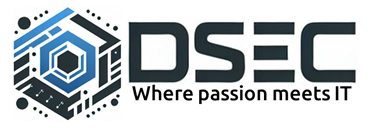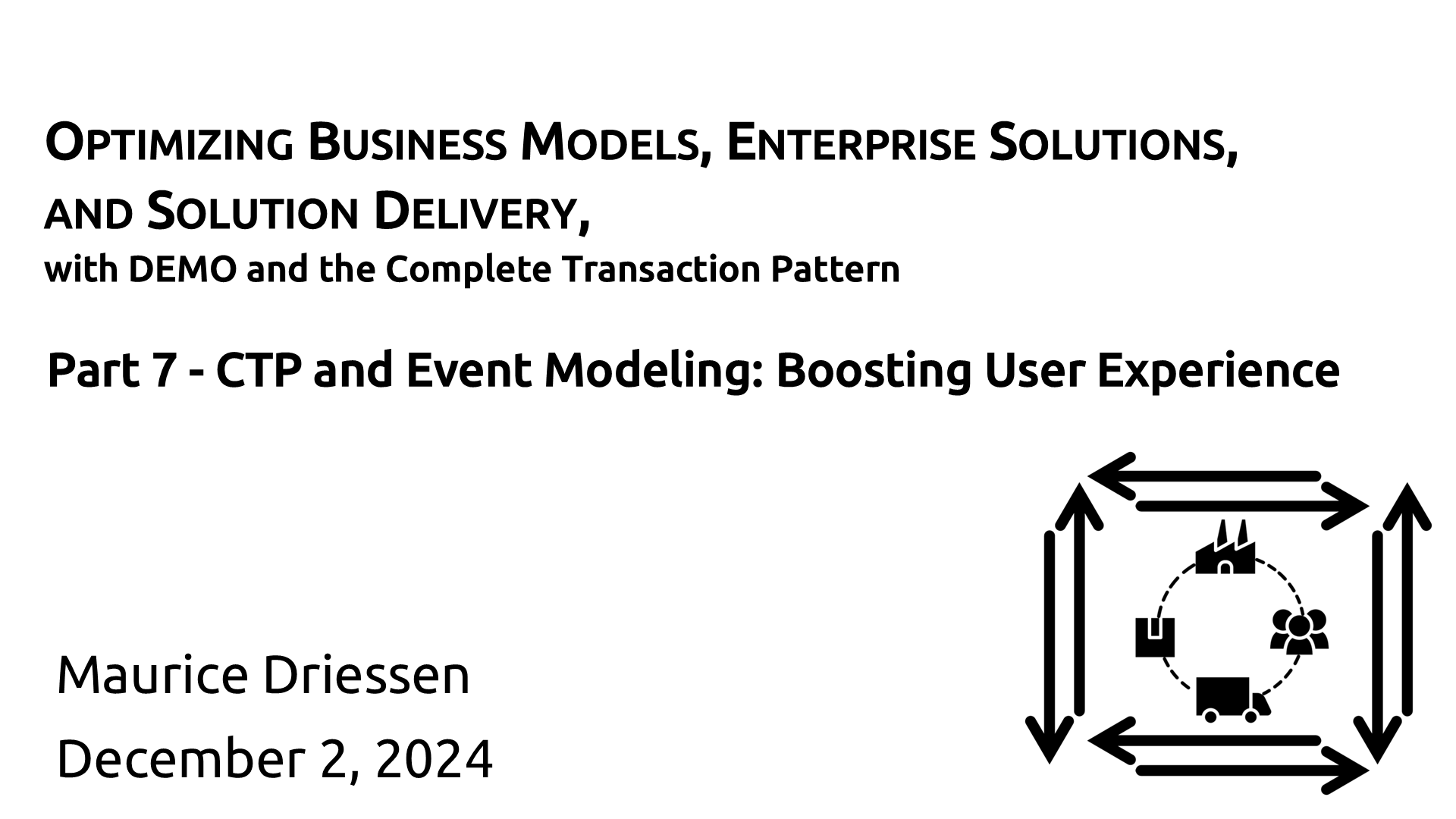One of the key advantages of using a CTP-based business model and Event Modeling in designing enterprise solution architecture is the positive impact on the User Experience (UX). By ensuring that the enterprise solution is directly aligned with the business processes, the CTP-based business model and Event Modeling contribute to a more consistent, reliable, and intuitive UX.
Enhancing UX through the CTP-based business model
The CTP-based business model plays a vital role in improving user experience by establishing clear frameworks and processes:
- Clarity and Consistency: the business model ensures that every interaction during a transaction is based on a clear and consistent set of rules. This consistency reduces confusion for users, as they can anticipate how the system will respond in different scenarios. For example, customers in the e-commerce platform can rely on clear communication about their order status, with consistent feedback at each phase of the transaction.
- Error Handling and Exception Management: By supporting exception handling through Decline, Reject, and Revocation acts, the business model ensures that the system can gracefully manage errors and unexpected scenarios. This capability enhances user trust in the system, as users can be confident that issues will be handled transparently and efficiently.
- Improved Service Quality: CTP’s focus on maintaining consent between the initiator and executor during transactions ensures that the system is always aligned with user expectations. Whether it’s managing delivery dates or handling payment issues, CTP helps maintain a high level of service quality, directly contributing to a positive user experience.
Event Modeling’s Role in UX
Event Modeling significantly complements the user experience by providing structured methodologies that focus on user interactions and system responses.
- User-Centric Design: Event Modeling provides a clear blueprint for how users will interact with the system. By mapping out the sequence of events and their corresponding user actions, developers can design interfaces and workflows that are intuitive and user-friendly.
- Real-Time Feedback: Event-driven architectures enable real-time feedback to users, which is critical for maintaining a responsive and engaging user experience. For instance, users can receive immediate updates on the status of their orders, payments, or shipments, reducing uncertainty and improving satisfaction.
- Customization and Personalization: By leveraging event data, the system can offer personalized experiences to users. For example, based on past transactions, the system can recommend products, tailor communications, or adjust service offerings, enhancing the overall user experience.
Unlock Exclusive Insights!
If you’re eager to dive deeper into the methodologies and strategies discussed in this series, we invite you to request a copy of the comprehensive whitepaper, containing all the articles in this series. To get your copy, simply fill out our form here. Don’t miss out on the opportunity to enhance your understanding and transform your organization!

